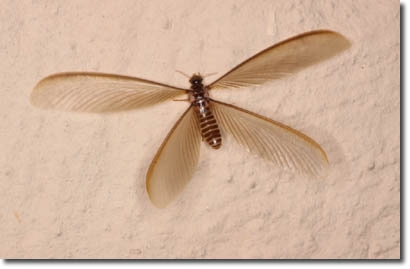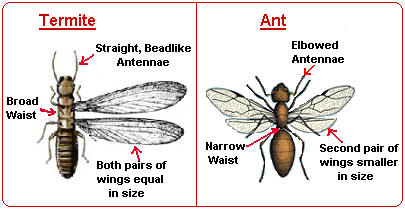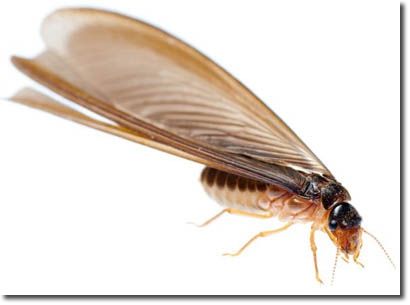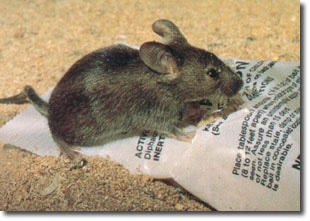Pest Management News From PPM - March, 2016
Check back here regularly for the latest news and updates from Protectant Pest Management

The Difference Between Flying Ants & Flying Termites
During spring, summer and other periods of high humidity you might see swarms of what look like flying ants. Some of these could be ants but some of them could actually be flying termites.
How can you tell the difference between flying ants and flying termites and why it is important for your home?
Flying Ants vs Flying Termites
Do you know how to tell the difference between a flying ant and a flying termite? If not, it’s important to learn how because it could be the difference between a termite-free home and a house that needs extensive repairs. We will get to the reason for that shortly. For now, let’s look at the physical differences between flying ants and flying termites.

As you can see from the image above, there are three main differences between flying ants and flying termites:
* Antennae Shape – Ants have bent antenna called ‘elbowed antenna’ whereas on a termite the antenna are straight.
* Body Shape – Ants have a pinched, narrow waist while termites have a broad, straight abdomen.
* Wing Size – Ants’ front wings are larger than their rear wings. The full length of their wings are usually not much longer than their body. Termites on the other hand have equal length front and rear wings and they are usually much longer than their body.
Why Is It Important To Tell?

Knowing that you’ve seen flying termites is important because it means that termite colonies in your area are on the move and expanding. When flying termite swarming occurs it means that sexually mature termites are leaving their current nests due to a lack of food or over-population. They leave the nest and seek out mates to procreate with mid-flight in an effort to start new colonies.
If you notice flying termites outside your house there is no need to panic but it would be a very good idea to ensure that your annual termite inspection has been conducted because there may be activity close to your home.
If, on the other hand, you see flying termites inside your home you should definitely be concerned as you may already have damaged timber.
Finding wings is also a sign of termite activity because once they find a mate they come back down to earth and discard their wings before looking for suitable timber to being the new nest. Rest assured this process is subject to the condition of your house and the survival of the pair.
For more information on our termite inspection services please click here.
PPM has decades of experience dealing with termites, not only developing Australia’s best termite barriers, but also providing comprehensive termite inspection reports and highly effective termite control programs.
If you have any kind of problem with termites you need PPM.


